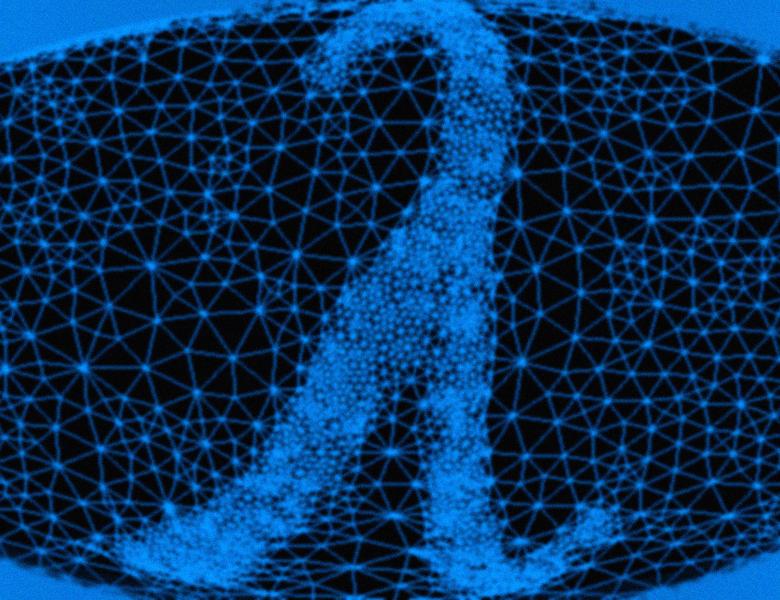
Approximating Hereditary Discrepancy via Small Width Ellipsoids
The Discrepancy of a hypergraph is the minimum attainable value, over two-colorings of its vertices, of the maximum absolute imbalance of any hyperedge. The Hereditary Discrepancy of a hypergraph, defined as the maximum discrepancy of a restriction of the hypergraph to a subset of its vertices, is a measure of its complexity. Lovasz, Spencer and Vesztergombi (1986) related the natural extension of this quantity to matrices to rounding algorithms for linear programs, and gave a determinant based lower bound on the hereditary discrepancy. Matousek (2011) showed that this bound is tight up to a polylogarithmic factor, leaving open the question of actually computing this bound. Recent work by Nikolov, Talwar and Zhang (2013) showed a polynomial time O~(log3n)-approximation to hereditary discrepancy, as a by-product of their work in differential privacy. In this paper, we give a direct simple O(log3/2n)-approximation algorithm for this problem. We show that up to this approximation factor, the hereditary discrepancy of a matrix A is characterized by the optimal value of simple geometric convex program that seeks to minimize the largest ℓ∞ norm of any point in a ellipsoid containing the columns of A. This characterization promises to be a useful tool in discrepancy theory. (Joint work with Aleksandar Nikolov).
All scheduled dates:
Upcoming
No Upcoming activities yet


